In their planning and design, cities have made undeniable progress in advancing the health of their citizens over the past 60 years, with evidence broadly pointing to an ‘urban health advantage’ that city dwellers enjoy over their rural counterparts.
But not everybody living in cities enjoy the same health advantages; nor do they have access to the same services. Moreover, health inequalities are largely based on social inequalities. Just as they can differ from city to city, experiences can also differ from urban district to district. Cities have become polarised between rich and poor, public and private, engaged and excluded. As a result, cities are now under unprecedented scrutiny to develop new, sustainable approaches to health and healthcare that are more equitable and inclusive – and this idea of fairness extends to both people and planetary health.
Creating cities that are fairer and less divisive places in terms of health outcomes depends on how resilient they are in their design and planning. This is not simply about the ability to resist infectious diseases – often the reflex response to the resilience question – at a time when more mobile and connected city populations could impact on the frequency of global pandemics. Rather, resilience to achieve better urban health takes many forms.
It can manifest itself in emerging infrastructures that promote flexible working practices, more active modes of transport, or access to fresh, locally produced food. It can find expression in the adoption of new technologies that address climate change or air pollution. Cities’ healthcare systems need operational resilience just as social resilience is itself a factor in creating better urban health.
Architects, planners, designers, clinicians, technologists, economists and policymakers all share in the responsibility to create healthier cities that are both equitable and resilient – this is the theme of the second Healthy City Design International Congress, organised by SALUS Global Knowledge Exchange in partnership with the Helen Hamlyn Centre for Design, Royal College of Art. This two-day summit is scheduled for 15-16 October 2018 at the Royal College of Physicians, London.
The inaugural Healthy City Design International Congress, held in October 2017, looked at the theme of health-creating urban communities through a more holistic approach, in which the professions of public health and urban planning and design work more closely again, after several decades of drift. In 2018, the focus is on ways to tackle health inequalities and build resilience in health-creating systems to make our cities better places to live and work.
The British writer and critic Charles Leadbetter has talked about the rise of the ‘fair city’ – and about how high-empathy/high-system cities offer a better deal for citizens than those that lack empathy or efficient systems for health and wellness.
At a time of growing debate about the need for more equitable responses to urban and technological change, Healthy City Design International 2018 is the place to share ideas, projects and concepts across the interdisciplinary spectrum of interests in design for urban health.
We invite you to contribute to the exchange of knowledge to ensure the design of our future cities embeds equity and builds resilience as a foundation for health and wellness for all. Abstracts for the presentation of papers, posters, workshops and colloquiums should be submitted by 3 May, 2018.

